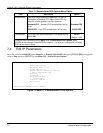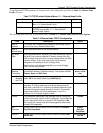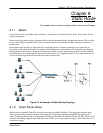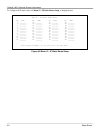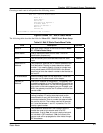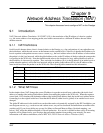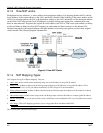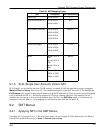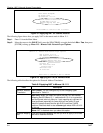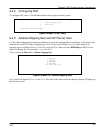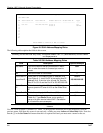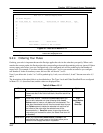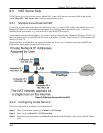
Prestige 1600 Universal Access Concentrator
9-2
NAT
9.1.3 How NAT works
Each packet has two addresses - a source address and a destination address. For outgoing packets, the ILA (Inside
Local Address) is the source address on the LAN, and the IGA (Inside Global Address) is the source address on the
WAN. For incoming packets, the ILA is the destination address on the LAN, and the IGA is the destination address
on the WAN. NAT maps private (local) IP addresses to globally unique ones required for communication with
hosts on other networks. It replaces the original IP source address (and TCP or UDP source port numbers for Many-
to-One and Many-to-Many Overload NAT mapping) in each packet and then forwards it to the Internet. The
Prestige keeps track of the original addresses and port numbers so incoming reply packets can have their original
values restored. The following diagram illustrates this.
Figure 9-1 How NAT Works
9.1.4 NAT Mapping Types
NAT supports five types of IP/port mapping. They are:
1. One to One: In One-to-One mode, the Prestige maps one local IP address to one global IP address.
2. Many to One: In Many-to-One mode, the Prestige maps multiple local IP addresses to one global IP address. This is
equivalent to SUA (i.e., PAT, port address translation), ZyXEL’s Single User Account feature.
3. Many to Many Overload: In Many-to-Many Overload mode, the Prestige maps the multiple local IP addresses to shared
global IP addresses.
4. One-to-One (range): In One-to-One (range) mode, the Prestige maps each local IP address to a unique global IP address.
5. Server: This type allows you to specify inside servers of different services behind the NAT to be accessible to the outside
world.
6. No-Change: This NAT mapping type allows you to assign global IPs to machines behind NAT.
Port numbers do not change for One-to-One, One-to-One (range) and No-Change NAT mapping types.
The following table summarizes these types.



